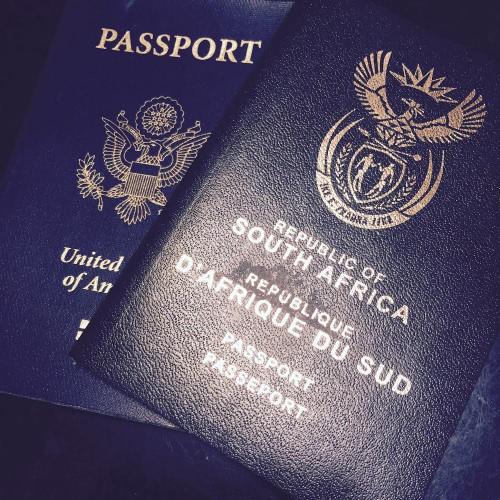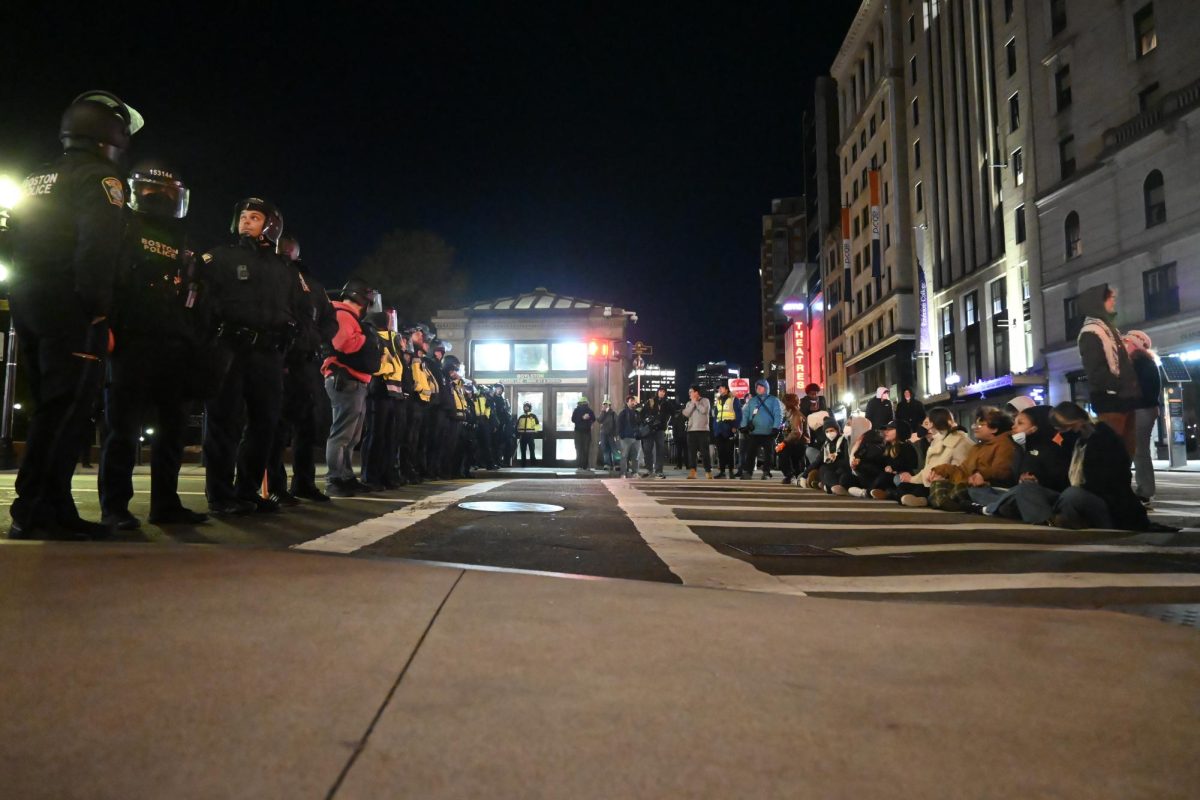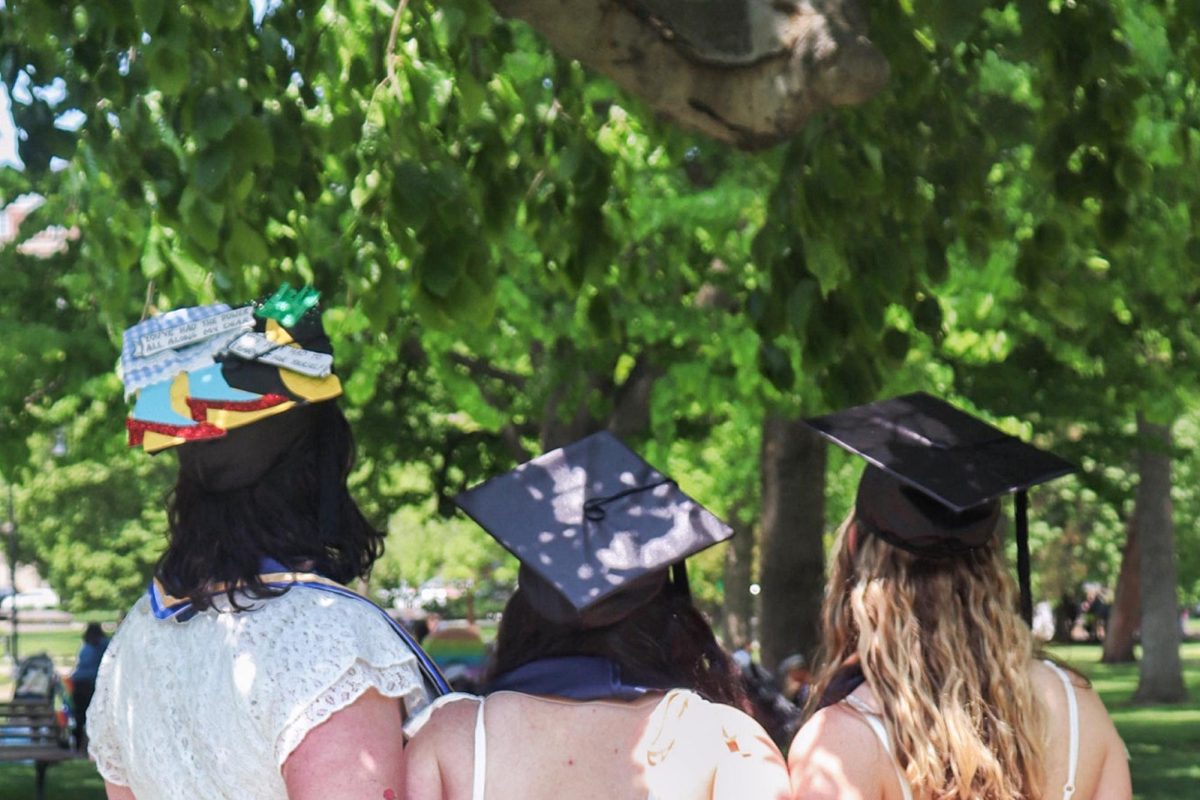By Colleen Day
For 20 percent of the class of 2017, the sixth floor of 73 Tremont Street is home away from home. The Center for International Programs and Services’ landing pad is made up of the International Student Services Office and the Study Abroad office that all work to best serve the booming 1,400-plus international student population from more than 93 different countries worldwide at Suffolk.
Many students agree that applying to college is tiring. Demanding SAT scores, maintaining high GPAs and the unavoidable college essay can leave many stressed. Adding in a different language, a completely different country with its own culture, currency, and even the seemingly simple aspect of driving on the other side of the road are all parts of the daily qualms and snags some international students at Suffolk everyday.
Sarah Gore, a business major from South Africa laughed and said, “my friend asked me how I possibly spent $1,000 on sushi one night. We went back and forth about it forever until we figured out spending $1,000 is one-tenth of the price she thought I spent!”

Life in Boston to some is all about the hustle and bustle of the city and its many historical tourist hotspots planted around every corner. Suffolk University’s mission statement reflects the university’s dedication to all studies with specific emphasis on diversity and mixture of culture and peoples. Gore was immediately drawn to the cultural differences she found in the local shops and markets comparing the employees at home to the work force she encounters in her everyday life as an international student in Boston.
“People are very educated here,” Gore said. “Whether it be in the grocery store or retail shops, people are generally better educated than any other city I’ve traveled to in the United States. I would think it would make sense seeing as Massachusetts is home to some of the best universities in the world.”
So, what are the steps international students have to take in order to get on-campus in the first place? Since every international applicant and accepted student has a unique set of arrival instructions and immigration tasks based on their status at Suffolk, the ISSO online breaks down their to-do list most often before many of these applicants even see Suffolk first-hand. Whether it is an undergraduate, graduate, exchange, non-degree, juris doctor, master of law and doctor of juridical science student, Suffolk is bound by its goal to make life on-campus for all international students as easy, comfortable and welcoming as possible, according to ISSO.
First and foremost, the prospecting student needs to apply. The University receives about 11,100 applications per year alone. Applying and getting in is the hard part but, the journey to Boston doesn’t stop there.
International students are ineligible for all forms of federal and state financial aid that assists more than 75 percent of the domestic student population awarding $35.5 million alone to last year’s incoming class, according to the Office of Financial Aid. So, without the assistance and benefits available to domestic students, all international applicants have to submit a confidential form that displays to the university they are able to fund their education and living expenses of approximately $49,468 per year while studying in the U.S.
“I was personally shocked by the cost of classes here,” Gore said. “At home, our schooling is subsidized and there is a huge price difference. A class here is a couple thousand while at home it is a couple of hundred dollars. It’s pretty much 10 times the amount it would cost to take the same exact class in South Africa.”
After passing those two extremely difficult hurdles, the CISPS’ job is now to make life at Suffolk and the cultural adjustment smooth sailing. The “Home Away From Home” program matches new international students with upperclassmen to facilitate the adjustment to Suffolk University, Boston and American life in general.
The Developmental English and Math Programs (DEMP) is a service to provide support and outreach to help international students become adjusted to the language differences and math department while events like the 15th Annual International Education Week, on Nov. 17-21, celebrate the benefits of international education and exchange worldwide.
Gore has attended one of such events. “I found it very helpful,” she said. “There are a lot of resources for international students in general and the universities here are very open and encouraging of students from different countries to study here especially.”
Gore’s one issue with the integration of communities lies in the reciprocity of cultural exchange.
“I don’t feel like the American society is extremely open to foreign culture,” she said. “Educationally, they open their arms but I can’t remember the last time people were genuinely interesting in really learning about my culture. Even in conversations, I feel like I have to pick up on everyone else’s slang terms and that none of mine are adapted.”













